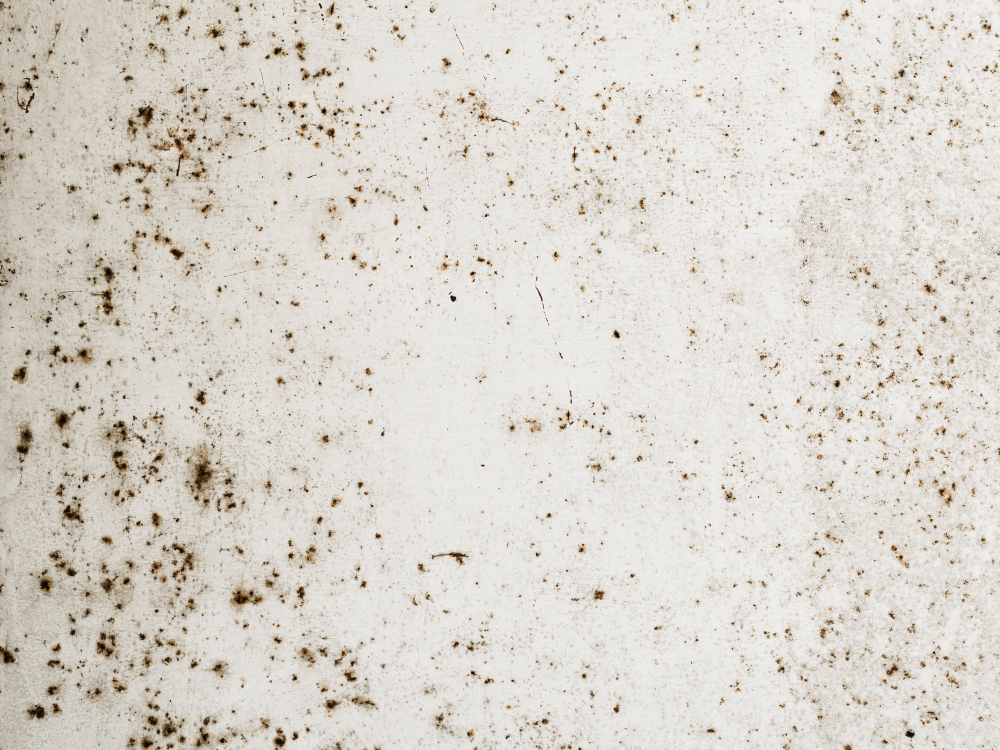Mold growth in the home is a serious issue, and it can be especially problematic when hidden behind drywall. Not only does mold affect the structural integrity of your walls, but it can also pose health risks to you and your family. The sneaky nature of mold makes it essential to recognize the signs and take action before the situation worsens.
In this detailed guide, we’ll explore how you can tell if you have mold behind drywall, the causes of mold growth, and steps you can take to prevent it. By the end, you’ll have a clearer understanding of what to look for and how to tackle this issue effectively.
What Is Mold, and Why Does It Grow Behind Drywall?
Mold is a type of fungus that thrives in moist environments. Mold spores, which are invisible to the naked eye, float through the air until they land on a surface that provides the necessary conditions to grow. Organic materials such as wood, drywall, and paper-backed insulation serve as prime breeding grounds for mold. Once mold finds a moist area, it can begin spreading in as little as 24 hours.
Drywall is especially vulnerable because moisture often gets trapped behind the walls, providing a perfect environment for mold growth. If left untreated, mold can spread extensively, leading to costly repairs and potential health risks.
How Can You Tell If You Have Mold Behind Drywall?
Detecting mold behind drywall can be tricky since it’s often hidden out of sight. However, there are several signs to watch for that can indicate mold growth. Below are the five primary signs of mold growing behind your drywall:
Persistent Musty Odor
One of the first signs of mold growth is a musty smell that lingers in the room, especially after the door has been closed for a while. Mold produces a strong, earthy odor that intensifies as the mold continues to grow. If you notice this persistent musty odor, particularly near walls or corners, it’s a likely indicator that mold may be hiding behind your drywall.
Water Stains or Discoloration on the Wall
Water stains and discoloration are common signs that moisture has accumulated behind your drywall. Mold needs moisture to grow, so when you spot a stain, there’s a high probability that mold has started to form behind it. Light brown or yellow patches can also be early warning signs of water damage.
To check for mold, gently press on the discolored area using a pencil or similar object. If it feels soft or spongy, there’s a good chance that moisture is present and mold has taken hold.
Peeling or Bubbling Wallpaper and Paint
If the paint or wallpaper on your drywall begins to peel, warp, or bubble, it’s a clear sign that there’s moisture trapped behind the wall. The excess moisture not only weakens the paint or wallpaper, causing it to peel, but also provides the perfect environment for mold growth.
When you observe such changes, investigate further by removing a small section of the peeling paint or wallpaper. If mold is present, you’ll likely see black, green, or brown spots on the drywall surface beneath.
Health Symptoms
Mold can have a significant impact on your health, even when you can’t see it. Exposure to mold spores can cause a variety of symptoms, including:
- Allergic reactions
- Respiratory issues (such as wheezing, coughing, or shortness of breath)
- Itchy eyes or skin rashes
- Headaches or sinus congestion
If you notice these symptoms—especially if they worsen when you’re at home—it may indicate that you have mold behind your drywall. To test this theory, try staying out of the affected room for a few days and observe if your symptoms improve.
Visible Mold Growth
While mold behind drywall often goes unseen, it can sometimes grow to the point where it becomes visible on the surface. If you see black, green, or brown spots on your drywall, it’s almost certainly mold. At this stage, the mold may have spread extensively behind the wall, and professional remediation is likely necessary to address both the mold and the underlying moisture problem.
How Does Mold Get Behind Your Drywall?
Now that you know how to tell if you have mold behind drywall, it’s important to understand how mold gets there in the first place. Mold growth is almost always the result of excess moisture. Here are some of the most common sources of moisture that lead to mold:
High Humidity Levels
Humidity levels above 60% create the ideal environment for mold growth. When the air is humid, condensation can form on walls and other surfaces, especially in poorly ventilated areas like bathrooms or basements. Over time, this moisture can seep behind drywall, creating a perfect breeding ground for mold.
Water Leaks
Plumbing leaks or roof leaks are a major cause of mold behind drywall. Water from a leaking pipe, roof, or window can seep into the wall cavities, where it’s trapped and begins to deteriorate the drywall. Mold thrives in these damp, dark environments, and can spread quickly if not addressed.
Flooding
Even after a flood has been cleaned up, residual moisture can remain behind the walls. This trapped moisture can take weeks to dry out fully, during which time mold can begin to grow. This is why professional drying and dehumidification are crucial after any flooding event.
Poor Ventilation
Poorly ventilated areas like bathrooms, basements, and kitchens are particularly susceptible to mold growth. Without proper airflow, moisture from daily activities (such as cooking or showering) builds up, leading to condensation on surfaces like drywall.
How to Prevent Mold Behind Drywall
Preventing mold is far easier than dealing with an existing infestation. Here are three key strategies to reduce the likelihood of mold growing behind your drywall:
Control Humidity Levels
Maintaining an indoor humidity level between 30% and 60% is critical in preventing mold growth. A dehumidifier can be an excellent tool to help control moisture in humid areas of your home. You can also monitor humidity with a hygrometer to ensure that the levels stay in the safe zone.
Repair Water Leaks Immediately
Fixing water leaks as soon as they’re discovered is essential in preventing mold growth. Be proactive by checking plumbing, windows, and roofs for any signs of leakage. If you spot a leak, don’t delay in getting it repaired, as even a small leak can lead to mold growth over time.
Improve Ventilation
Good ventilation helps reduce moisture levels, especially in high-humidity areas like bathrooms and kitchens. Use exhaust fans, and keep windows open whenever possible to let fresh air circulate. In rooms prone to moisture build-up, such as basements, consider installing an air ventilation system or a dehumidifier.
Proactive Measures: Mold-Resistant Drywall
If you live in an area prone to humidity or have previously dealt with mold issues, consider installing mold-resistant drywall in problem areas like bathrooms, basements, or kitchens. Mold-resistant drywall is designed to inhibit mold growth, even in high-moisture environments, providing an extra layer of protection.
What to Do If You Find Mold Behind Drywall
If you’ve confirmed that you have mold behind your drywall, the next step is to address the issue before it gets worse. In some cases, minor mold infestations can be handled with a DIY solution, but larger mold issues will require professional remediation. Here’s what to do:
Assess the Damage
If the mold is confined to a small area and the source of the moisture has been fixed, you may be able to handle the cleanup yourself. However, if the mold covers a large portion of the wall or has spread to other areas, it’s time to call in a professional mold remediation service.
Remove Affected Drywall
If the drywall is heavily infested with mold, you’ll need to cut out and replace the damaged sections. Be sure to wear protective gear, including gloves and a mask, as mold can be hazardous to your health. If you’re unsure of how to remove and replace drywall safely, consider hiring a professional.
Eliminate the Source of Moisture
Removing mold from your drywall won’t be enough if you don’t address the root cause—moisture. Make sure you repair any leaks, improve ventilation, and control humidity levels to prevent mold from returning.
Conclusion: How Can You Tell If You Have Mold Behind Drywall?
The key to keeping your home mold-free is vigilance and early detection. By recognizing the signs—such as musty odors, water stains, peeling paint, or visible mold—you can take swift action before the mold spreads. Remember, mold behind drywall is often hidden, so if you suspect its presence but aren’t sure, it’s best to consult with a professional mold inspector.
Preventing mold requires proper moisture management through controlled humidity, leak repairs, and improved ventilation. Installing mold-resistant drywall in high-risk areas can also be a proactive solution to keep mold at bay.
In summary, how can you tell if you have mold behind drywall? The signs are often subtle, but with a careful eye and prompt action, you can prevent a small mold issue from turning into a costly, large-scale problem.
Stay ahead of mold growth, and you’ll protect both your home’s structure and your family’s health.

